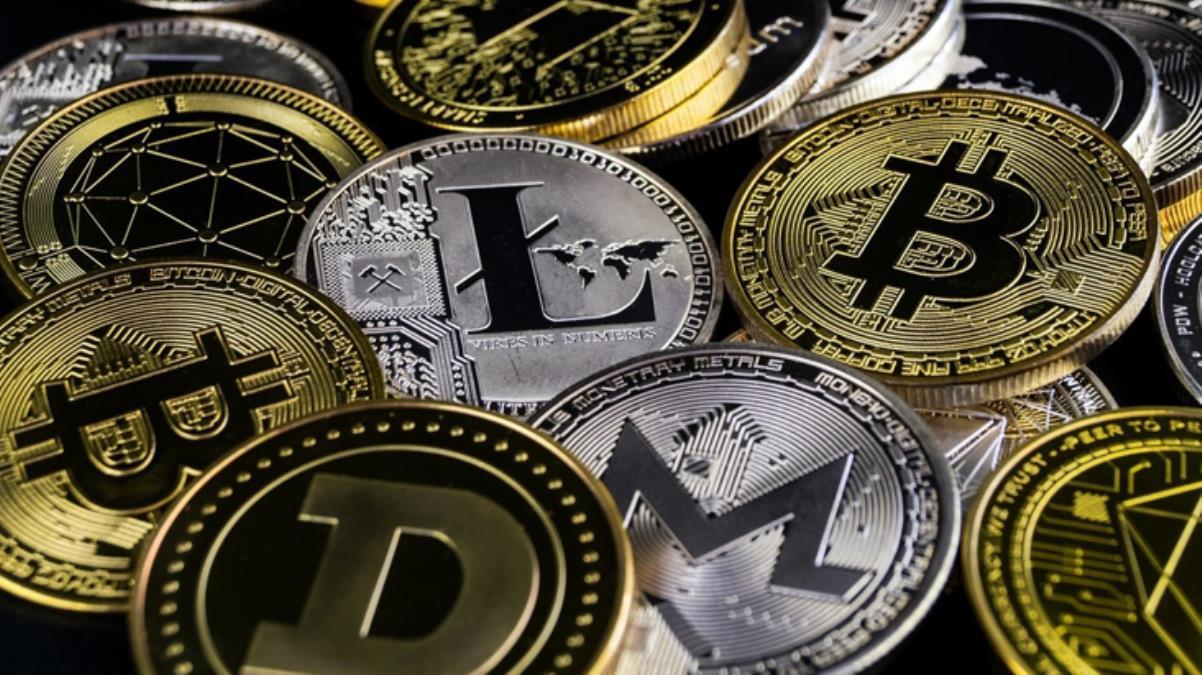Tokens and cryptocurrencies are the two most common blockchain-based digital assets. The major difference between the two is that cryptocurrencies have their own blockchain while tokens are built on an existing blockchain.
What is Token?
The term token refers to a special virtual currency token or how cryptocurrencies are named. These tokens represent exchangeable and tradable assets or utilities that reside on their respective blockchains.
Tokens, which can also be called crypto tokens, are units of value that blockchain-based organizations or projects develop on top of existing blockchain networks. While they often share a deep compatibility with the cryptocurrencies of this network, they are an entirely different class of digital assets.
Cryptocurrencies are native assets of a particular blockchain protocol, while tokens are created by the platforms built on top of those blockchains. For example, the native token of the Ethereum blockchain is ether (ETH). While Ether is the Ethereum blockchain-specific cryptocurrency, there are many different tokens that also use the Ethereum blockchain. Crypto tokens created using Ethereum include DAI, LINK, COMP, and CryptoKitties. These tokens can serve a multitude of functions on the platforms they were created on, including participating in decentralized finance (DeFi) mechanisms, accessing platform-specific services, and even playing games.
There are several token standards commonly used to create crypto tokens, and most of them are built on Ethereum. The most widely used token standards are ERC-20, which allows the creation of interoperable tokens in Ethereum’s ecosystem of decentralized applications, and ERC-721, which is designed to enable individually unique and immutable, immutable tokens. As of 2020, there are hundreds of different ERC-20 tokens and thousands of ERC-721 tokens in circulation.
The number of different tokens will likely continue to grow at a remarkable rate as new tokens are developed to address the expanding use cases of blockchain.
Typically, crypto tokens are programmable and transparent. Programmable simply means that they run on software protocols consisting of smart contracts that outline the features and functions of the token and the interaction rules of the network. It means that anyone without permission can join the system without the need for special credentials. Distrust means that no single central authority controls the system; instead it works on rules predefined by the network protocol. And finally, transparency means that the rules and actions of the protocol are publicly visible and verifiable.
While crypto tokens can hold value and be exchanged like cryptocurrency, they can also be designed to represent physical assets or more traditional digital assets or a specific utility or service. For example, there are crypto tokens that represent tangible assets like real estate and art, as well as intangible assets like computing power or data storage. Tokens are often used as a governance mechanism to vote on certain parameters such as protocol upgrades and other decisions that determine the future direction of various blockchain projects. The process of creating crypto tokens to serve these various functions is known as tokenization.
As the blockchain industry continues to mature, the number of unique digital assets will only continue to increase based on the multifaceted needs of all ecosystem participants, from corporate partners to individual users. Given that creating new assets in the digital world is less restrictive than in the physical space, these digital assets are expected to improve the way countless industries work, interact and create value, thereby providing a wide variety of new social and economic possibilities.
What is a Digital Asset?
If you are just getting started with blockchain and cryptocurrency, it is essential to understand the difference between digital assets, cryptocurrencies and tokens. Although these terms are often used interchangeably, they differ in a number of fundamental ways. Broadly speaking, a digital asset is an intangible asset that is created, traded and stored in digital form. In the context of blockchain, digital assets include cryptocurrency and crypto tokens.
Cryptocurrency and tokens are unique subclasses of digital assets that use cryptography, an advanced encryption technique that ensures the authenticity of crypto assets by eliminating the possibility of fraud or double spending.
The main difference between the two classes of digital assets is that cryptocurrencies are the native asset of a blockchain such as BTC or ETH, while tokens are created as part of a platform built on an existing blockchain, such as many ERC-20 tokens. It runs widely on the Ethereum ecosystem.
What is Cryptocurrency?
A cryptocurrency is the native asset of a blockchain network that can be traded, used as a medium of exchange, and used as a store of value. A cryptocurrency is issued directly by the blockchain protocol it runs on, so it is often referred to as the native currency of the blockchain. In many cases, cryptocurrencies are used not only to pay transaction fees on the network, but also to encourage users to keep the cryptocurrency’s network safe.
Cryptocurrencies typically serve as a medium of exchange or store of value. A medium of exchange is an asset used to obtain goods or services. A store of value is an asset that can be held or exchanged for a fiat currency at a later date without significant loss of purchasing power.
Cryptocurrencies typically exhibit the following characteristics:
- Decentralized, or at least not dependent on a central issuing authority. Instead, cryptocurrencies rely on code to regulate and manage transactions.
- A blockchain or other Distributed Ledger that enables participants to enforce system rules in an automated, reliable manner
- Technology (DLT).
- It uses encryption to secure the underlying structure and network system of the cryptocurrency.
What is the Difference Between Cryptocurrency and Token?
Here are some of the main differences between a digital token and a digital token:
• Digital coins are based on their native blockchain network, tokens are built on the existing blockchain.
• Digital currencies can be used to process payments, but tokens are suitable for multiple needs.
• It is more difficult to create digital coins than tokens that can be created based on the existing blockchain such as Ethereum.
• While digital coins were mostly distributed through mining, tokens became popular through ICOs.












